Designing Your Own Stunning Living Room Accent Wall
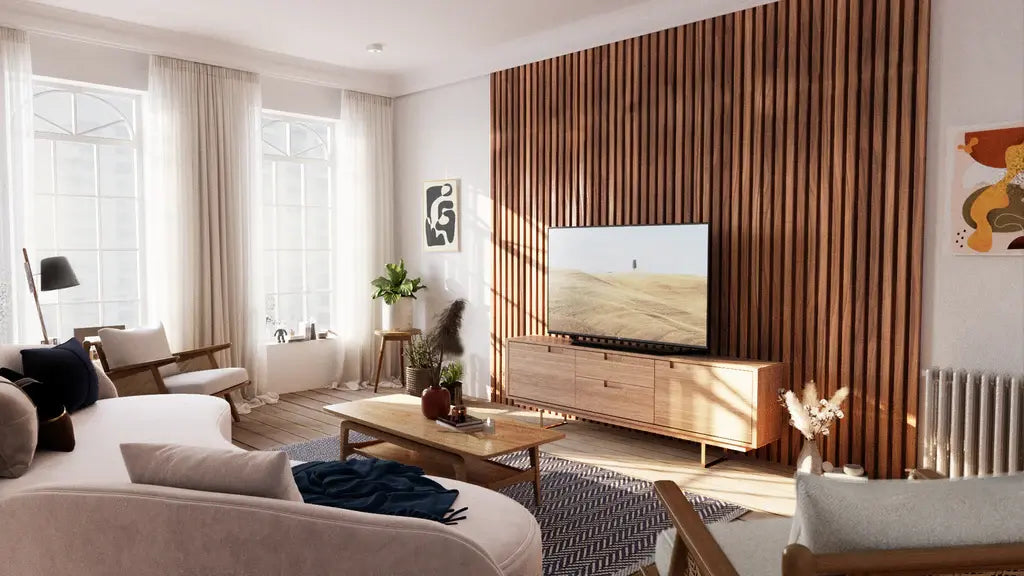
A living room accent wall can instantly add depth, color, texture, and a focal point to an otherwise plain room. Your creativity can unlock infinite possibilities, enabling you to create an accent wall in various forms - from a simple contrasting color to a textured mural, wallpapers, tiles, and wood panelling.
However, before you begin exploring living room accent wall ideas, consider some crucial factors, such as your purpose of creating an accent wall in the living room. What do you aim to achieve? Are you trying to draw attention to a specific focal point, or do you wish to distract from another area in the room? What types of decorations, furniture, and curtains will complement the new wall?
Why Choose an Accent Wall for Your Living Room
A living room is an excellent candidate for an accent wall for several reasons. Being a space designed for leisure time, ranging from bonding with your family, entertaining friends, to relaxing and recharging by yourself. The design and decoration of your living room should be determined by the size and style of the room. However, it should also cater to the needs of the primary users while remaining flexible enough to accommodate guests or growing families. The living room’s location, high visibility, versatility, and low traffic make it an ideal space for an accent wall. Here's why the living room is the perfect room for your unique accent wall.

Central Gathering Place:
Typically, the living room is the central hub of your home. Where the family spends the most time, and guests are often entertained. As a result, an accent wall in the living room can create a strong visual impact and foster a welcoming and inviting atmosphere. You can even design a spectacular TV accent wall in your living room.
High Visibility:
The living room is often one of the largest rooms in a house, providing ample wall space for an accent wall. This area often integrates the overall structure of the house; it's not just the central gathering space but also the focal point of your home. Creating an accent wall in the living room is the easiest way to establish a stylish space visible from other parts of the house and within the room itself.
Less Crowded with Objects:
Compared to other rooms, the living room tends to have lower traffic and fewer furniture pieces against the wall, simplifying the task of painting or decorating a single wall without disrupting the room's flow.

Start with “The Wall”: Creating a Perfect Focal Point for Your Living Room
“The wall” refers to the wall that will become your living room accent wall. So far, we have discussed why your living room should have an accent wall. The next step is to choose the right type of color, texture, and material. However, before that, we will guide you in selecting the right wall for an accent wall in your living room.
When selecting which wall should host your accent wall, consider the following aspects:
- The overall design of your room: This can be determined simply by looking around and noting the first place your eye is drawn when you open the door.
- Determine the purpose: The following factors indicate the naturally dominant wall of your living room.
- What do you want to achieve?
- Where is the furniture pointing?
- Do you want to distract the eye from a certain point?
- Is there a bold, unadorned wall in your living room?
- The Feature Wall: The feature wall is the wall destined to be the host wall. If the points mentioned above haven’t resolved your dilemma, then the wall opposite the door should be the accent wall of your living room.
A modern living room accent wall can be created from various materials; paint, murals, wallpapers, wood, etc. Similarly, you can select any type of texture. Let’s explore how to choose the right color and pattern for your living room accent wall.

Selecting the Ideal Color and Pattern
Having chosen an optimal wall in your living room to accentuate, and having complemented it with appropriate furniture and decor, the final defining factor will be the color and pattern of your accent wall. The process of selecting the right color and pattern can be a delightful and creative exercise, where you can experiment with various colors and textures according to your unique tastes.
Here are some tips to aid you in making the ideal color and pattern choice:
Finding the Ideal Color for Your Living Room's Accent Wall:
Determining the color scheme for your living room accent wall can be approached in two ways. First, you can aim for harmony - ensure the color and pattern of your accent wall complements the existing color palette of your living room. Assess the colors of your furniture, rugs, curtains, and other decorative pieces to identify the predominant hues. Opt for a color or pattern that harmonizes with these colors, rather than conflicting with them.
Secondly, concentrate on creating an atmosphere that reflects your personal preferences. While selecting the color, let your creativity guide you, taking into consideration the existing color palette. From combining tranquil neutrals in contrasting tones to using bold colors to coat the entire wall, your options are limitless. Here are some suggestions to inspire you:
- Consider using a contrasting highlight color on a single wall.
- Utilize architectural details such as a window frame or a door as a feature.
- Traditional architectural wisdom suggests adhering to the 60-30-10 rule when choosing the color for your living room accent wall. According to this rule, 60% of the color scheme should be one color, 30% should be a second accent color (featured on chairs, rugs, sofas, or perhaps your chosen wall), and the remaining 10% should be a third color scattered throughout the room in the form of artwork, minor touches, and accessories. This rule aids in color distribution, preventing an overwhelming mix of colors in one space.
- Warm colors like red and orange can create a cozy and inviting atmosphere, while cool colors like blue and green can evoke a calming and relaxing vibe. This can assist in setting the mood for your living room.
- If you're uncertain about which color or pattern to choose, starting with a neutral color like gray, beige, or white is a safe choice. A neutral living room accent wall can create a clean and sophisticated look, and it can easily pair with different colors and patterns of furniture and decor.
Consider Your Living Room's Lighting:

The lighting in your living room can greatly influence how the color of your accent wall appears. Natural light can make colors appear brighter and more vibrant, while artificial light tends to make colors appear duller. Therefore, it's important to consider the lighting in your living room when choosing a color and pattern for your accent wall.
Pay attention to the direction your room faces and how light interacts with the wall before applying paint all over. Keep in mind that the appearance of paint can subtly change throughout the day depending on the type of light it's exposed to. For instance:
- In north-facing rooms, light can make the colors appear cooler and bluish.
- South-facing rooms are often bathed in warmer light, making colors appear more yellow.
- In an east-facing room, light is bright in the morning but turns bluer later in the day.
- In contrast, in west-facing rooms, the evening light is beautiful and warm, which can make the color look a few shades darker.
Selecting the Perfect Texture
The next step in creating your ideal living room accent wall involves choosing the right texture. While a plain-colored wall is perfectly acceptable, introducing textures can add a touch of whimsy to an otherwise mundane space. Textures serve as an excellent way to incorporate visual interest without overwhelming the space with colors or patterns. Let's delve into some potential texture options for your living room accent wall:
Stucco: A rough plaster-like substance, stucco can lend your walls a textured, rustic, and old-world appeal.
Brick: Implementing a brick accent wall can instill a rough, industrial aesthetic into your space. Brick walls can either be left exposed or painted to harmonize with the room's color scheme.
Stone: Installing a stone accent wall can convey a natural, earthy ambiance. These walls can be crafted using either natural or faux stones, and can be left either rough or smooth.
Wallpaper: Textured wallpaper can generate a variety of patterns and finishes, including raised patterns, embossed designs, and woven textures.
Wood: Incorporating a wood accent wall can infuse warmth and texture into your room. You can create such walls using reclaimed wood, shiplap, or wood slats/planks. Currently, wood is a highly popular choice, often used in combination with varying colors and textures. A wood slat accent wall, for instance, can foster a warm, inviting atmosphere in your living room. Here are some color and pattern combinations that pair well with a wood slat accent wall:
- A fusion of gray, yellow, and blue hues can beautifully complement the warm tones of a wood slat wall, resulting in a calming and sophisticated living room aesthetic.
- A white accent wall coupled with a patterned texture can further accentuate the natural allure of a wood slat accent wall.
- Bold-colored wallpaper or artwork can infuse visual interest into your living room.
- Geometric patterns can lend a modern, graphic touch to a living room featuring a wood slat accent wall. You can utilize a patterned wallpaper with a geometric design or devise your own pattern with paint or stencils. Bold and contrasting colors like black and white can prove effective in geometric patterns.
Choosing the Ideal Material for an Accent Wall
After pinpointing the focal point and determining the color and textures for your living room accent wall, the next step is to select the appropriate material. Wood, tile, wallpaper, and brick constitute the four fundamental materials typically used to construct an accent wall. Let's explore the characteristics of each of these materials:
Tile: Tiles can infuse color, pattern, and texture into your space. They come in various materials, including ceramic, porcelain, glass, and natural stone, and are the most water-resistant options,.
Brick: An exposed or painted brick accent wall can lend a rustic, industrial aesthetic to your room.
Wood: As mentioned above utilizing various types of wood, such as reclaimed wood, shiplap, or wood planks and slats, can evoke a warm, cozy atmosphere. Wood walls can also introduce texture and natural beauty to your space. You can check out our wood slat panel collection for a selection of options.
Stone: Natural or faux stone accent walls can project an earthy, natural vibe. Stones are available in an array of shapes, sizes, and colors.
Wallpaper: Textured or patterned wallpaper can infuse personality and intrigue into your room, even mimicking the appearance of other materials, such as brick or wood.
Exploring Alternative Materials for an Accent Wall

If conventional materials don't quite suit your taste, consider some unconventional options for your living room accent wall. In the list below, we provide an overview of alternative materials and their pros and cons.
Fabric Accent Walls
Fabric accent walls bring softness and texture to a space. Use fabric panels or upholstered panels for a cozy, inviting feature wall.
- · Pros: Adds softness and texture, cozy and inviting, and easy to install.
- · Cons: Can be difficult to clean, possible fading or discoloration over time, and potentially unsuitable for high-traffic areas.
Metal Accent Walls
Metal accent walls can add a modern, industrial touch to a space. Utilize sheet metal, corrugated metal, or metal tiles to create a unique and eye-catching feature.
- · Pros: Durable, low-maintenance, modern, and industrial aesthetic.
- · Cons: Expensive, potentially challenging installation, and possibly insufficient insulation.
Cork Accent Walls
Cork accent walls offer warmth and texture, while also providing effective sound absorption to reduce noise in the living room.
- · Pros: Eco-friendly, sound-absorbing, natural texture, and warm ambiance.
- · Cons: Difficult to clean, potential fading or discoloration over time, and possibly unsuitable for high-traffic areas.
Concrete Accent Walls
Concrete accent walls lend an urban, industrial vibe to a space. Employ concrete panels, stamped concrete, or concrete tiles for a distinctive look.
- · Pros: Durable, low-maintenance, modern, and industrial appearance.
- · Cons: Expensive, potentially challenging installation, and possibly insufficient insulation.
Leather Accent Walls
Leather accent walls exude sophistication and texture. Create a luxurious feature wall with leather tiles or panels.
- · Pros: Luxurious feel, rich texture, and added warmth and sophistication.
- · Cons: Expensive, difficult to clean, and possibly unsuitable for high-traffic areas.
3D Panel Accent Walls
3D panels introduce depth and texture to a room. Available in various materials, such as gypsum, bamboo, and MDF, they can be painted to match the room's color scheme.
- · Pros: Adds depth and texture, customizable to any color scheme, and easy to install.
- · Cons: Potentially unsuitable for large areas, difficult to clean, and possibly inadequate insulation.
Maximizing the Impact of Your Accent Wall

With your chosen color, texture, and material in mind, consider these tips to enhance your living room accent wall:
- Select artwork that complements the accent wall's colors and textures, using it as a backdrop for a cohesive display.
- Employ lighting, such as spotlights or track lighting, to emphasize the wall's textures and colors, creating a dramatic effect.
- Opt for contrasting furniture; for example, pair a dark accent wall with lighter-colored furniture for an open, airy feel.
- Use pillows and throws to introduce additional texture and patterns, selecting fabrics that harmonize with the accent wall.
- Create a dynamic gallery wall featuring artwork in various sizes and shapes to draw attention to the accent wall.
A living room accent wall establishes a clear focal point, contributing to a calm and welcoming environment. When selecting the right color and pattern, consider the existing decor and the desired mood. Experiment with textures and materials, such as wood slats, metal, cork, concrete, leather, 3D panels, and fabric, to create a truly personalized ambiance. Enhance the impact of your accent wall with complementary artwork, lighting, and furniture.
We look forward to seeing your finished project—please share your photos with us!
Continue reading:
1. Elegant Accent Wall Ideas to Elevate Your Bathroom Walls
2. Where to Place Acoustic Panels: A Comprehensive Guide
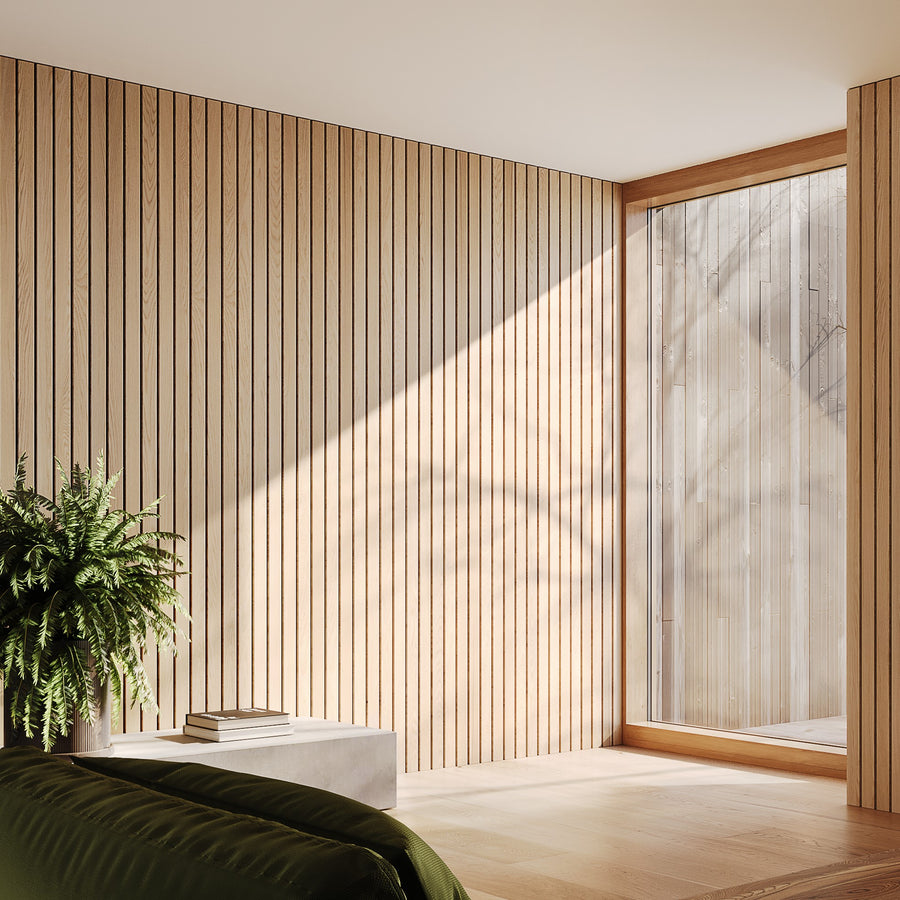
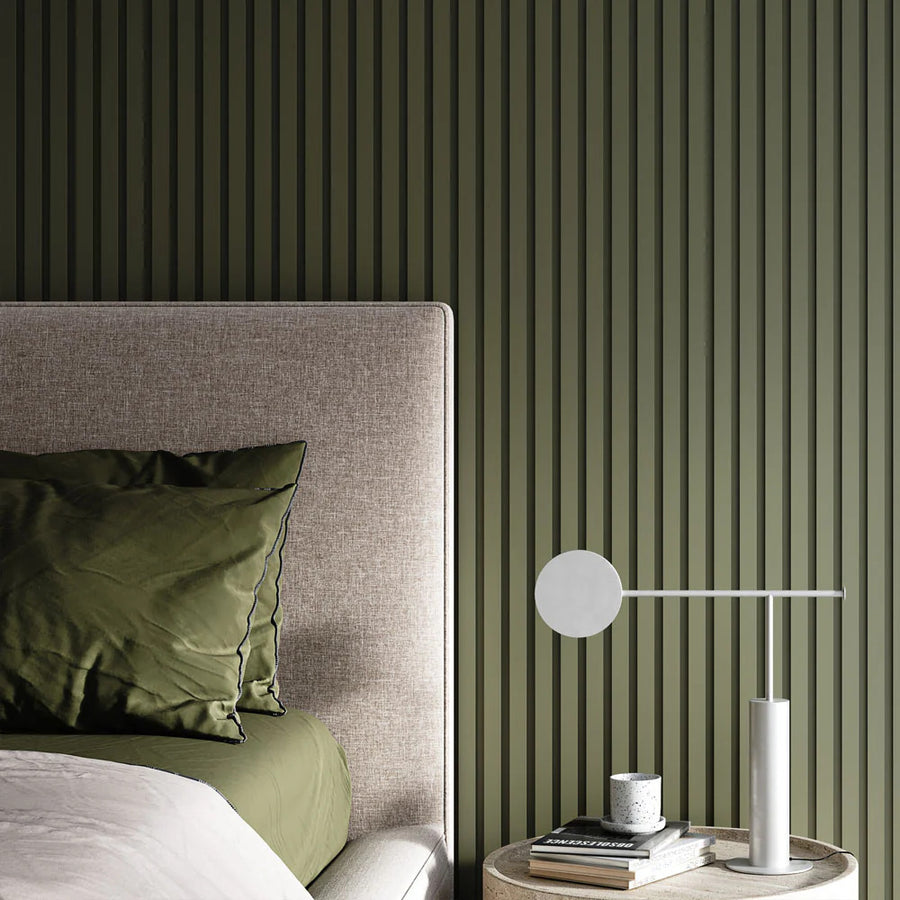
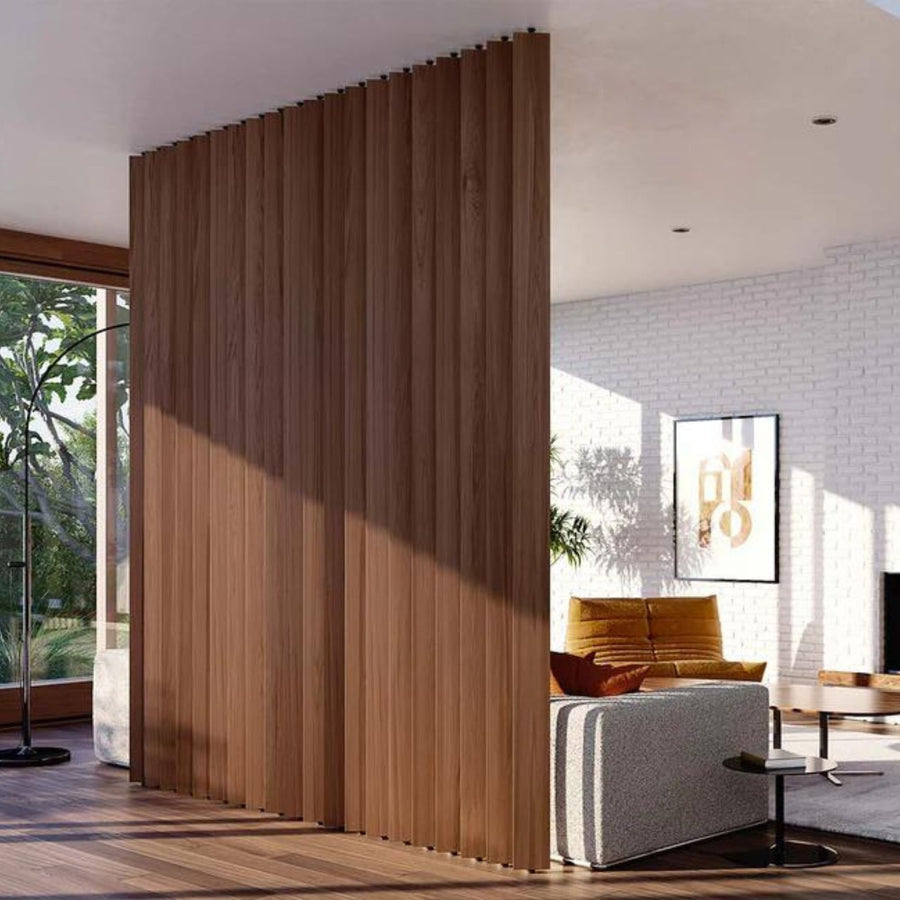
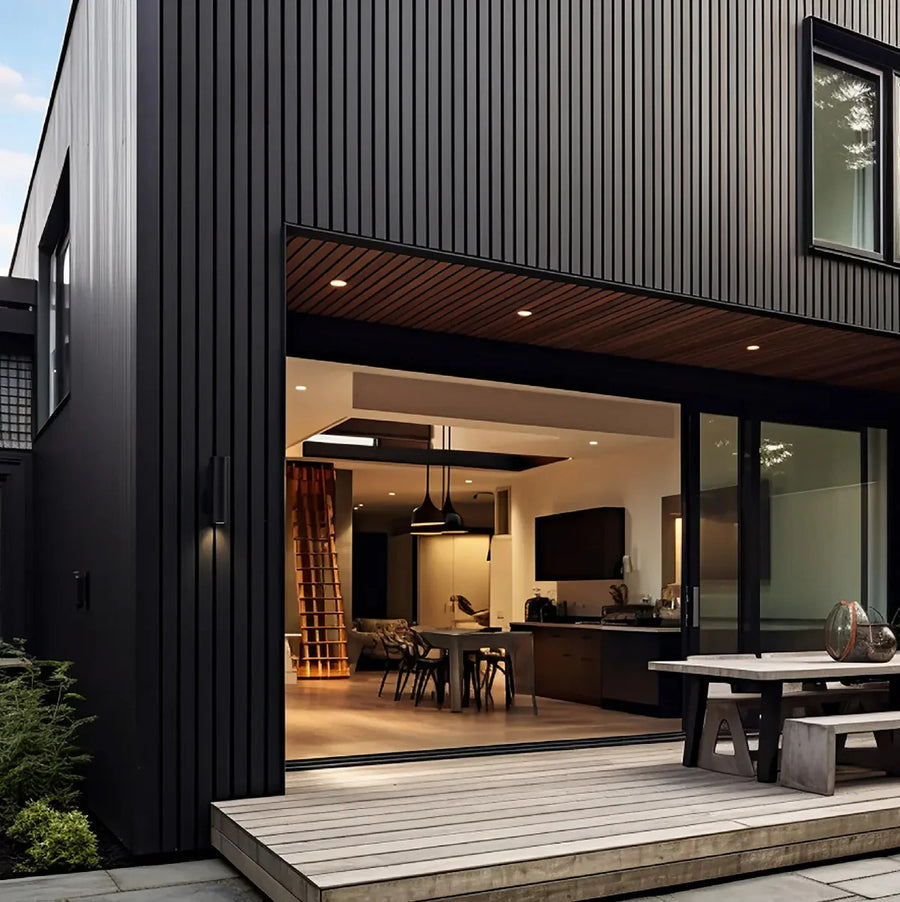
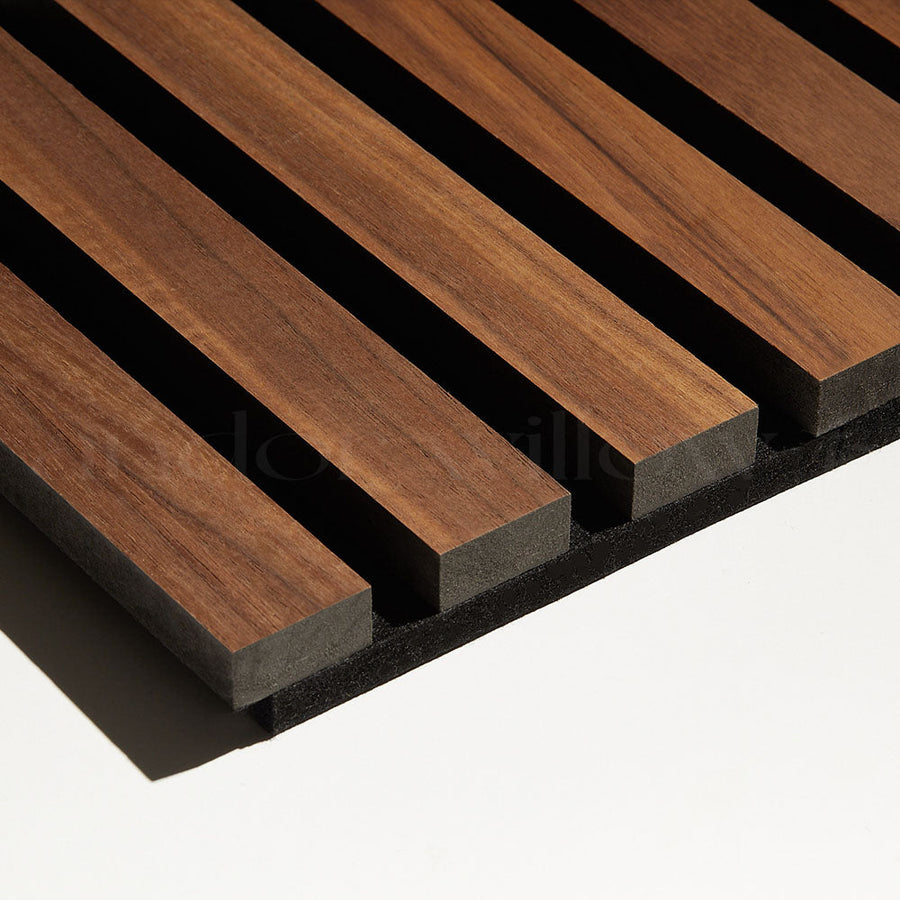
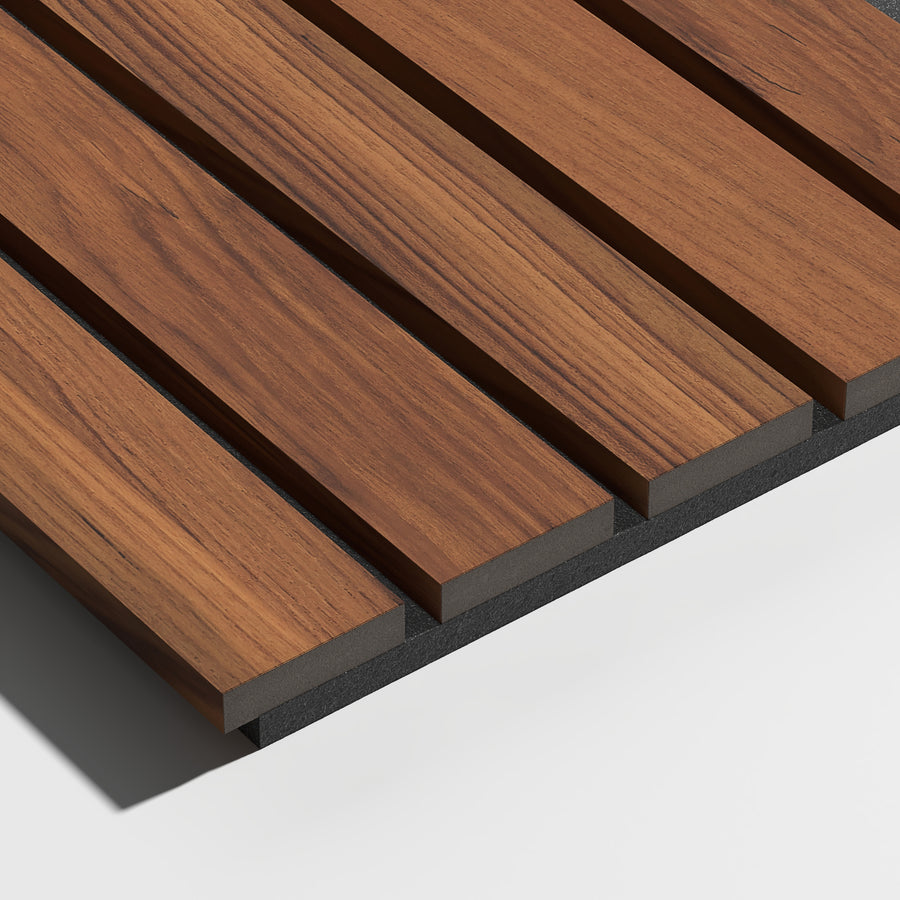


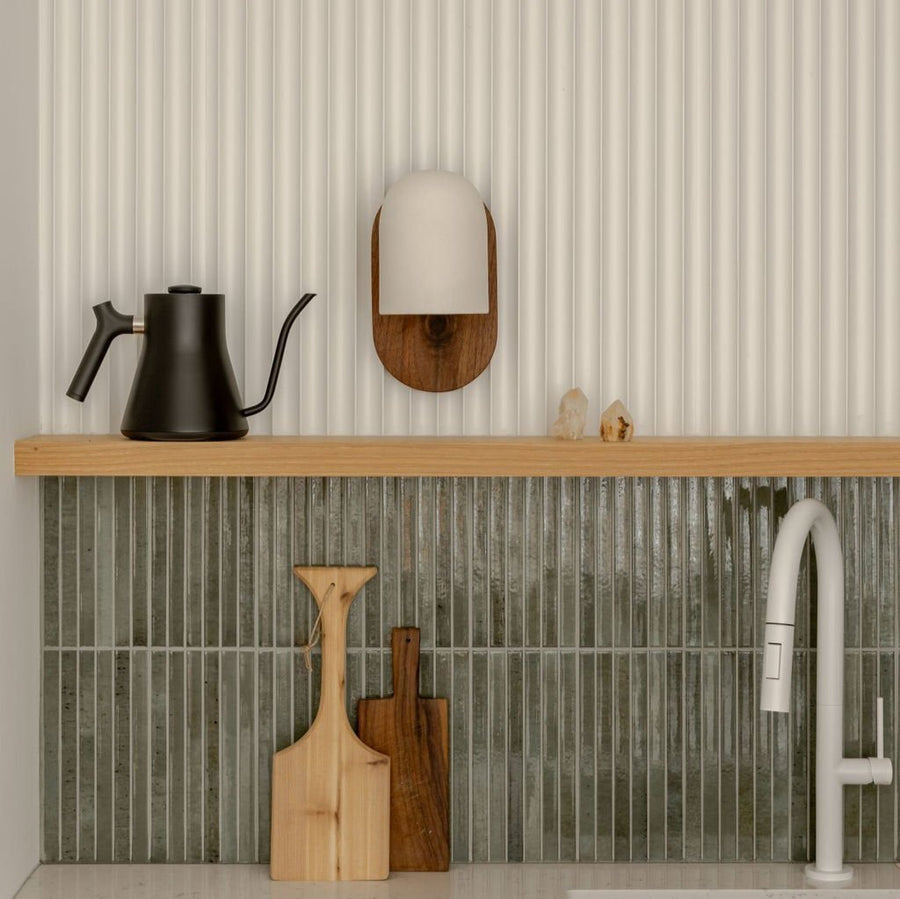
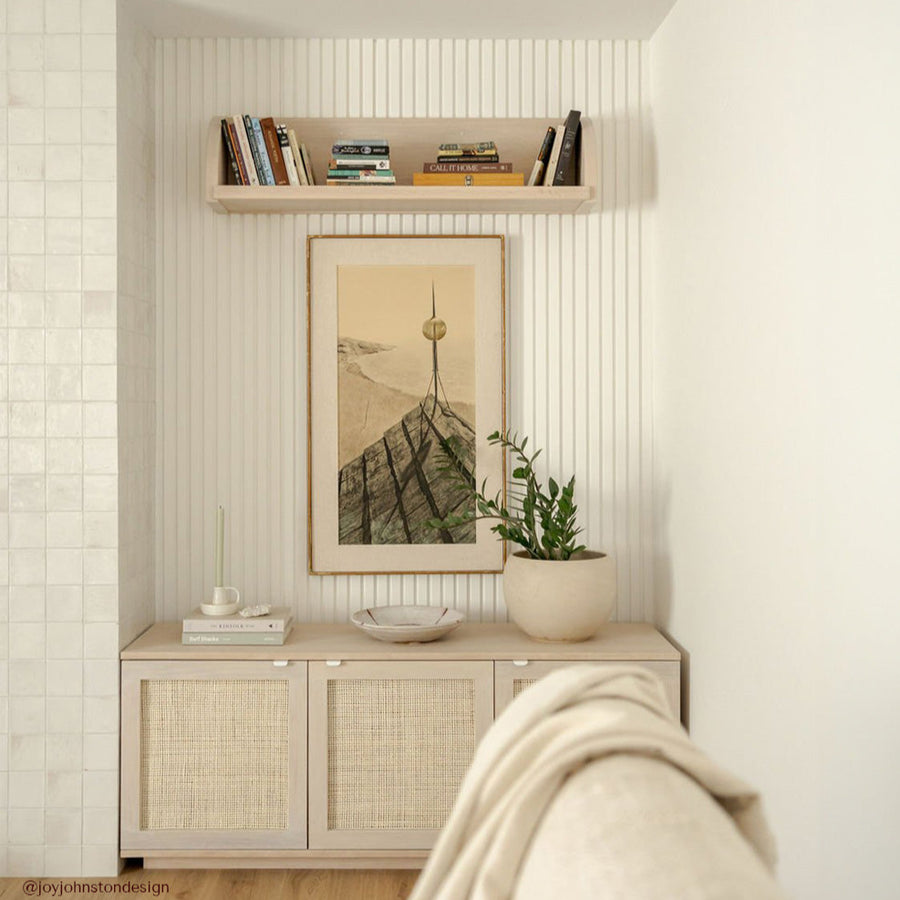

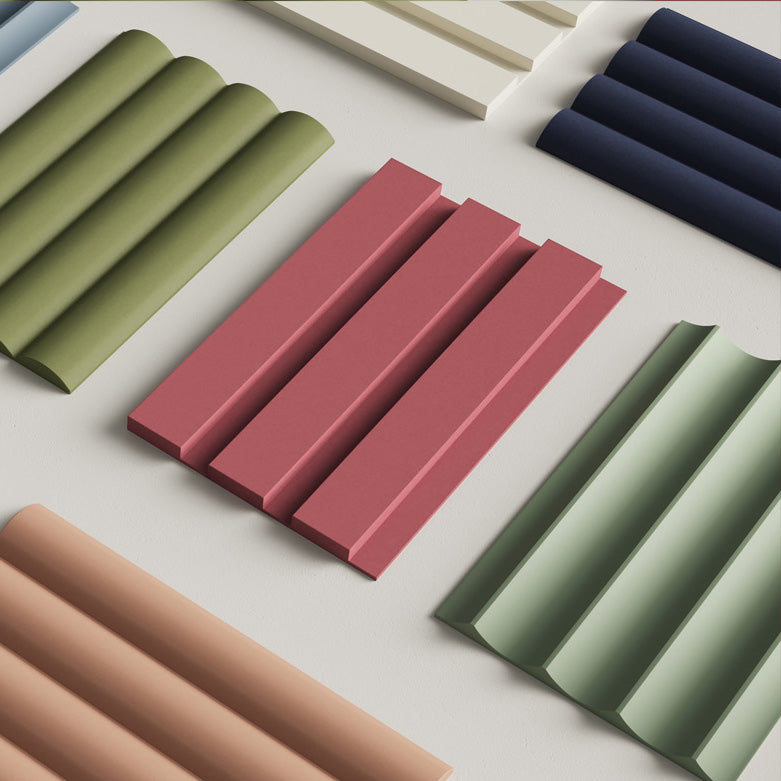











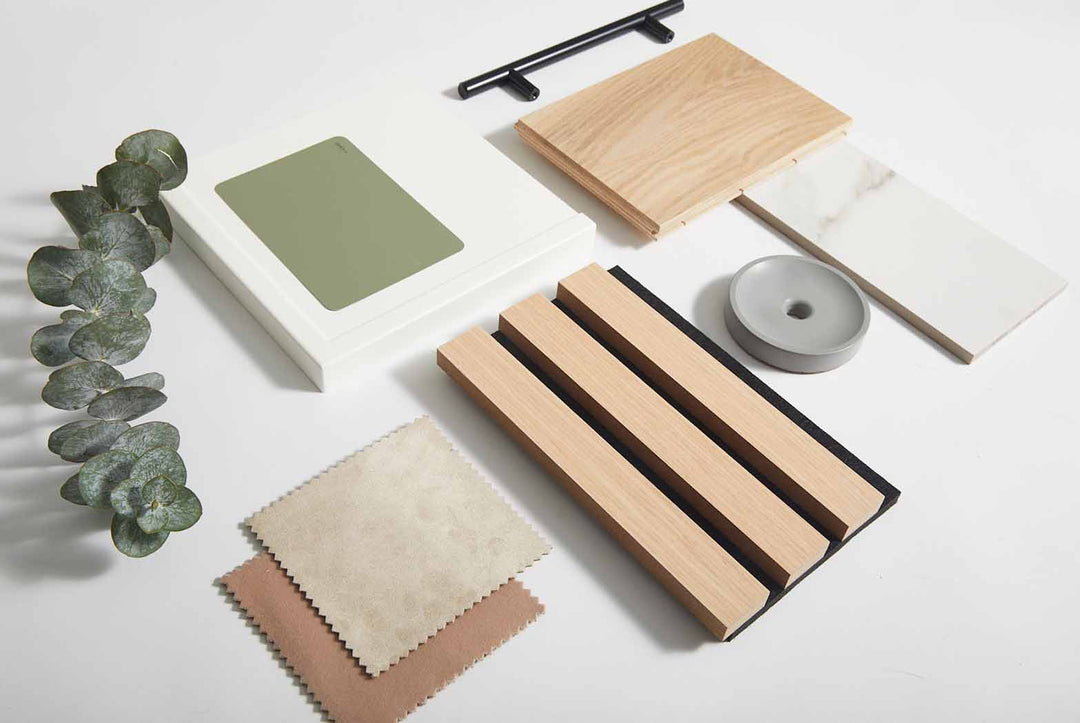
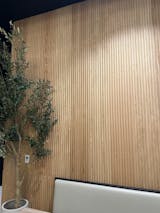
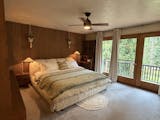










Leave a comment